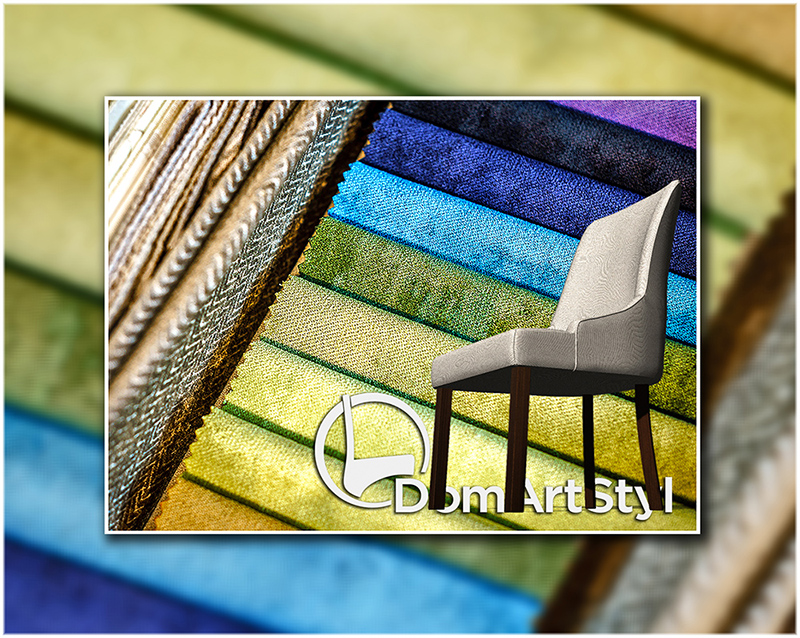Do you have a problem with the selection of fabrics for the furniture you choose? You chose a fabric, but you don’t understand its technical specifications? DomArtStyl as a manufacturer of upholstered furniture knows very well how difficult it is to choose the right material from a wide range of species, colors and names. In order to meet numerous questions and doubts of customers, the company explains the basic issues regarding the structure and strength of fabrics. We hope that with this help you will make the right choice easier.
Let’s start by introducing the most popular types of fabrics:
Chenille – a very durable, damage-resistant and easy-care material. It is soft and thick. It consists of polyester and acrylic. Its texture resembles a fine corduroy.
Velor – belongs to the group of so-called plush. His short hair gives a shading effect on the furniture. It is an extremely elegant and pleasant to the touch material. Often used in interiors for both aesthetic and quality reasons. Jacquard – richly decorated, often shiny material. It is made on looms equipped with the Jacquard mechanism. It looks good on classic and elegant furniture.
Eco-leather – This material imitates natural leather. It is waterproof and very durable. Structural – strong, woven fabrics. They are characterized by a visible texture. They are easy to clean, very durable and resistant to abrasion.
A good upholstery fabric must meet certain criteria. It should have tensile and tear strength, as well as resistance to UV rays and abrasion. One of the most frequently used tests to check the abrasion of materials is the so-called Martindale test. What is the test? The fabric is inserted between cloth or sandpaper discs and rubbed under constant pressure for several hours or even days! High-strength fabrics are defined by the number of 50,000 Martindale cycles, and very high durability is over 100,000 cycles. Therefore, if we want a piece of furniture to serve us for many years, and at the same time to look “like new”, we should choose materials with high abrasion resistance. It is worth paying attention to this, especially in the case of furniture intended for public places.
The tensile strength of a fabric is tested by stretching the fabric until it is torn. As a result, we obtain data that allows the material to be classified into the appropriate category. The first one includes the fabrics with the highest abrasion resistance, while the fourth one is the lowest.
Pilling resistance, i.e. the formation of small balls on the surface of the fabric, is also an important aspect when choosing a fabric. The fabric’s ability to pill is rated on a scale from 1 to 5, where 5 is exceptional resistance and 1 is completely absent. In the case of furniture intended for the kitchen or dining room, an easy-to-clean fabric or a liquid blocker fabric will be a great solution. These materials do not absorb spilled liquids, leaving them on the surface, so we can easily wash off any dirt.
